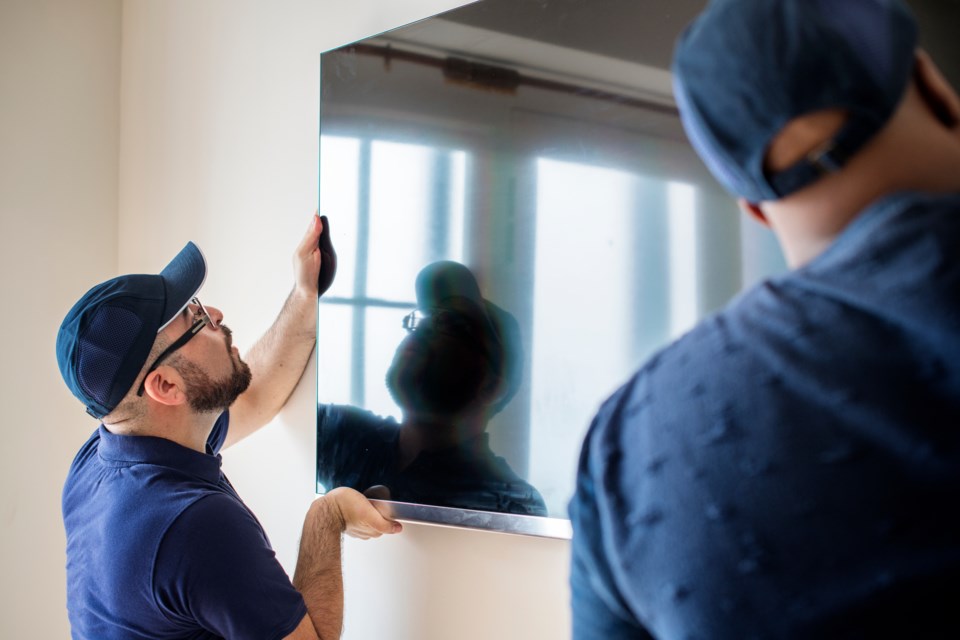Of all the big-ticket items you have in your home, your collection of electronics often contains some of the items you value the most because of the role they play in your life. From your computers and gaming devices to high end stereos and televisions, electronics can impact how you work and how you play. Having insurance is one method of protecting that investment. Buying a good surge protector is another.
The best surge protectors safeguard your electronics from damage caused by an unexpected power surge. No matter what kind of electronic device you have, if it plugs into a wall socket it can be vulnerable to damage caused by surges 24/7. These surges are defined by a brief but potentially destructive spike in voltage.
“A surge is a brief spike in voltage,” said Tyler Thomas, owner of Thomas TV. “A surge can originate from outside your home, for instance from a lightning strike or fluctuations from the power utility. They can also be caused inside the home by other equipment such as water pumps, generators, or power tools.”
Thomas said that power surges often go unnoticed until its too late and the damage is done.
“It worked yesterday is a common comment from customers, but usually I ask ‘is anything else not working in the house,’ and after investigating more products are damaged. Thankfully, there are many ways of protecting your equipment. Most important is getting the right surge protector for the product you want to protect. At Thomas TV, we will show you the best option we have in each category of product.”
Typically, surge protectors look like a power bar or strips. A surge protector prevents the voltage from exceeding a certain level that can result in serious damage to your products. The ones best suited for a TV or sound system also include a filter to help prevent power noise from damaging or disrupting electronic devices. The filter reduces or eliminates noise that is carried along with the power.
This is especially noticed with 4K and 8K televisions and good quality audio equipment, computers and sensitive electronics. For example, on a television the background may flicker or have visible distortion caused by EMF and RF noise. This is greatly reduced or eliminated by the filter.
According to Thomas, there are several different types of surge protectors available, each with varying degrees of quality and lifespan.
“The most common surge protectors are considered “sacrificial,” meaning that they take the damage instead of your product,” he said. “These have a shorter effective life, with most of them lasting around 5 years. In most cases even when the unit is no longer protecting your products it will continue to pass power making it difficult to know when to replace. The better class surge protectors are non-sacrificial. These ones are replaced if the surge is strong enough to destroy the unit. or have replaceable surge units making them last much longer. “
How do you choose which surge protector is the best for your needs? For starters, Thomas suggests buying a surge protector from a reputable brand, not a no-name company. Choose one that has the number of sockets/plugs that you need, and one that has the correct size and best mounting hardware for the location where it will be used. Some surge protectors provide surge protection for both AC outlets as well as cable TV, ethernet cables and more. Some units also have USB ports for charging your phones, tablets, USB devices.
As for the technology involved with surge protectors, Thomas said manufacturers of surge protectors certify their devices and measure their effectiveness, giving them a rating in Joules.
“This Joule rating indicates how much energy the surge protector can absorb before the it stops functioning,” said Thomas. “So the higher the joules, the more it can take. Unfortunately, each spike that hits your surge protector weakens its ability over time. Upon reaching its Joule rated limit, the surge arrestor ceases to function; electricity will keep flowing through them, but so will surges and spikes.”
A surge protector's lifespan is estimated at three to five years under normal use on a stable power grid. If you live in an area where brownouts or blackouts happen often, it is recommended that you change your surge protector every two years.
If you purchase a non-sacrificial surge protector, the upfront investment is higher but you will not need to replace it – until you have a catastrophic surge that damages or destroys it. Even then it may be covered under the warranty from the manufacturer.
Come in and let the experts at Thomas TV help you determine the best surge protector for your needs. Visit Thomas TV at 130 Thorold Road West in Welland. Or connect online.
RECOMMENDED:
The Audioquest power Quest 2 PowerQuest® PQ2 · PowerQuest® Series · AC Power Conditioners · AC Power · AudioQuest
